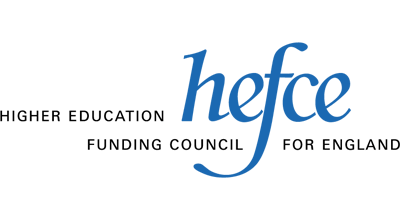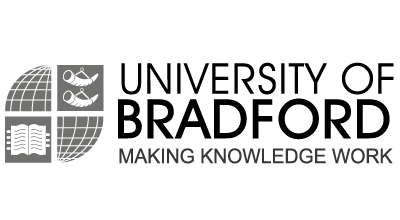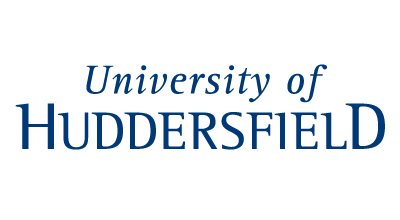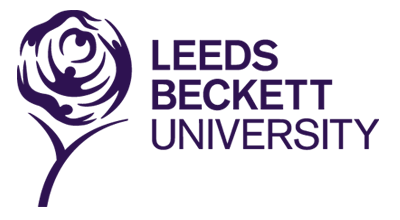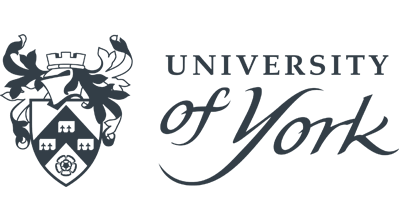Date published: 11/10/18
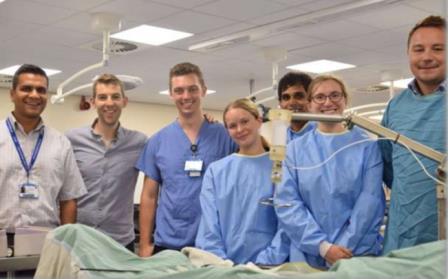
Low-cost laparoscopic (key hole) surgical equipment for developing countries – Will Bolton & Pete Culmer
- Name: Will Bolton & Pete Culmer
- Current Organisation: University of Leeds
In May, Translate opened its summer student project scheme to support small medical technology development projects in the Leeds City Region. The scheme proved to be a massive success and 26 unique projects were funded. Learn more about their work in this blog.
With the help of Translate and the NIHR GHRG-ST, we delivered an interdisciplinary student driven project to address two main challenges of translating gasless lift laparoscopic surgery (GLLS) into clinical practice more widely. These were:
- Concerns around poorer field of view in GLLS compared to conventional laparoscopic.
- The abdominal wall lift device may put too much force through the abdominal wall and cause damage inadvertently.
Laparoscopic (key hole) surgery offers many advantages over open surgery including quicker recovery for the patient, less pain post-operatively and better cosmetic results. It is the gold-standard technique for several common life-threatening conditions such as appendicitis and gallbladder disease, as well as gynaecological procedures. In low-resource settings, such as developing countries, laparoscopic surgery is difficult to perform as the conventional laparoscopic technique requires piped gases, air tight equipment and a general anaesthetic. This all greatly increase the cost of the procedure. A technique known as gasless lift laparoscopic surgery (GLLS) overcomes these challenges and can be done under simple a spinal anaesthetic which is more readily available in low-resource settings. GLLS has the potential to dramatically increase the number of patients who can access this minimally invasive technique. The advantages of key hole surgery are just as great, if not greater, for poorer underserved populations.
The project involved engineers and medics in a multidisciplinary team. The engineers focused on the development and calibration of force meters to ensure the lift device is applied at the correct force. The medical student in this project provided the essential clinical insight necessary to inform the delivery of the project and design of the device. They provided day-to-day clinical expertise and worked alongside the engineers in this project. In particular they helped lead a cadaveric trial where we evaluated the field of view created by conventional vs GLLS using a range of surgeons. This element of the project was vital to get key stakeholder feedback from clinical team members.
The Outcomes
The main outcomes from the study were that in cadavers, the field of view is equivalent and adequate according to a range of surgeons and objectively validated using a surface scanner, helping us allay fears that GLLS is detrimental to operative field of view. We were able to 3D print and prototype an ultra-low-cost simple mechanical lift force sensor which was successfully installed into the existing lift device and validated via a series of bench tests.
This project has given us the data required to translate this technology to the next stage along the innovation pipeline. Future work this year and in 2019 will be focused on evaluating this device further, this time in humans. Ultimately, we believe this device can completely transform the way laparoscopic surgery is delivered for some of the world’s poorest populations, greatly improving access to this life saving surgical treatment.
Importantly, this project allowed an interdisciplinary team of students to develop some essential translational skills and knowledge including research methodology, laboratory skills, device design skills and scientific writing skills. They are currently in the process of writing the project up as a manuscript for submission to a peer-reviewed journal and the results are being presented at the Association of Rural Surgeons of India (ARSI) Conference in November 2018.
For more detail on the GHRG-ST please visit: www.ghrgst.nihr.ac.uk. The research group was supported also by the NIHR Surgical MedTech Cooperative and the NIHR MedTech Foundation at Leeds (www.surgicalmic.nihr.ac.uk/medtechfoundation).


